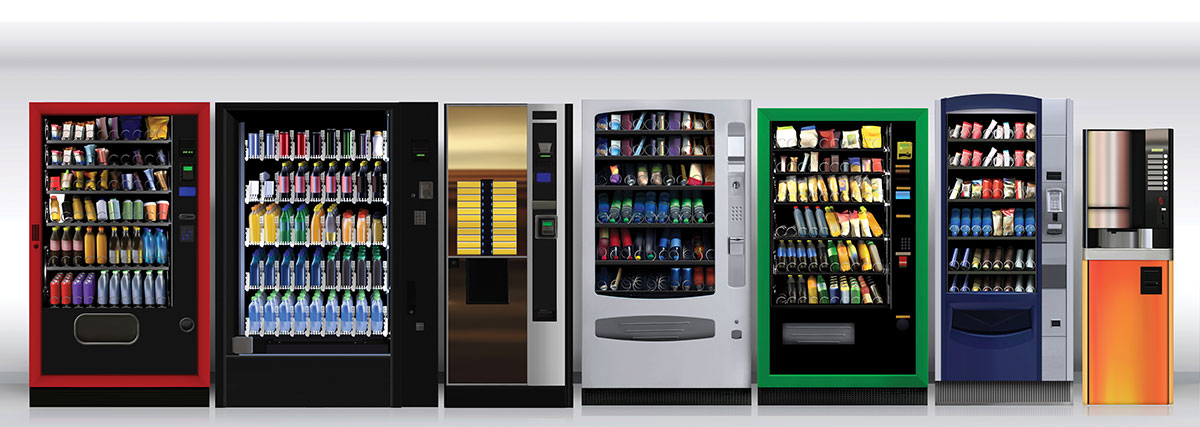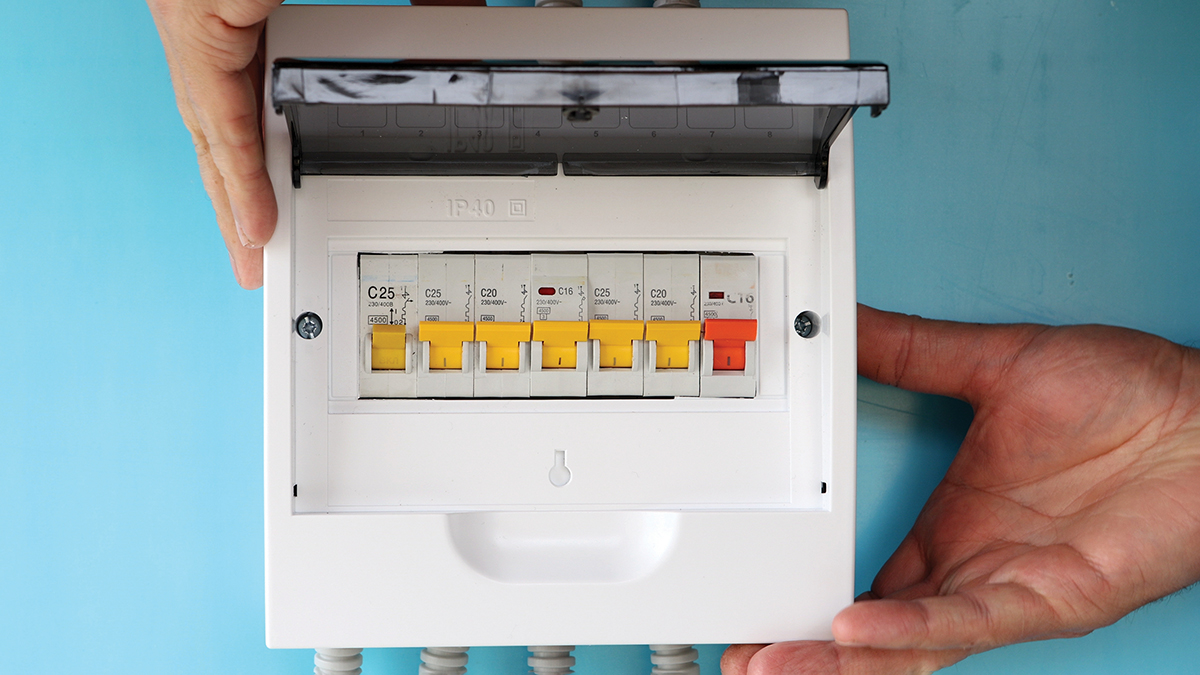To play this game, you need a sharp eye, a quick mind and a 2014 National Electrical Code book.
(Fill-in-the-blank questions are looking for the exact word(s) used in the NEC.)
1) A storage device for the ____________ shall be provided and shall not subject the cord to bending at a radius of less than 75 mm (3 in.).
- A) Fixture wire
- B) Flexible cord
- C) Extension cord
- D) Portable power cord
2) For multiconductor or multiplexed single-conductor cables having ___________ shielded conductors, the minimum bending radius is 12 times the diameter of the individually shielded conductors or 7 times the overall diameter, whichever is greater.
- A) Lead
- B) Concentric
- C) Individually
- D) Metal-sheathed
3) This column shall be permitted to determine the required wire-bending space for __________ stranded aluminum conductors in sizes up to 1000 kcmil and manufactured using AA-8000 series electrical grade aluminum alloy conductor material in accordance with 310.106(B).
- A) Compact
- B) Concentric
- C) Convoluted
- D) Compressed
4) Wire-bending space in enclosures for motor controllers with provisions for one or two wires per __________ shall comply with 430.10(B).
- A) Motor
- B) Circuit
- C) Terminal
- D) Connection
5) Bends shall be so made that the conduit will not be damaged and the internal diameter of the conduit will not be effectively reduced. Field bends shall be made only with __________ bending equipment. The radius of the curve to the centerline of such bends shall not be less than shown in Table 2, Chapter 9.
- A) Listed
- B) Labeled
- C) Approved
- D) Identified
6) The minimum wire-bending space at terminals and minimum __________ space provided in switchboards, switchgear, and panelboards shall be as required in 312.6.
- A) Bend
- B) Gutter
- C) Terminal
- D) Connection
7) Fixture wires shall be permitted (1) for installation in luminaires and in similar equipment where enclosed or protected and not subject to bending or __________ in use, or (2) for connecting luminaires to the branch-circuit conductors supplying the luminaires.
- A) Twisting
- B) Cracking
- C) Moisture
- D) Overheating
8) Stranded conductors with a lesser number of strands than listed for a given size in Chapter 9, Table 8 are permitted if evaluated for connectability and bending.
- A) True
- B) False
9) Field bends or modifications of cable trays are allowed, and the electrical continuity of the cable tray system is required to be maintained only if the cable tray is used as an equipment grounding conductor.
- A) True
- B) False
10) When determining if NM cable with an elliptical cross section meets the five times maximum bending radius of the cable diameter, the calculation must be based on the major diameter of the ellipse.
- A) True
- B) False
Bonus Question
[WpProQuiz 5]
Answers
1) B, Flexible cord. This requirement (found in 517.61(A)(7)) applies to the use of flexible cords in hazardous locations in inhalation anesthetizing locations. Flexible cords approved for extra hard usage are allowed in these locations for use with portable utilization equipment.
2) C, Individually. This requirement, found in Section 300.34, is located in Part II of Article 300 so it only applies to installations operating at over 1000 volts. With a few exceptions, conductors operating at over 2000 volts are required to be shielded by Section 310.10(E).
3) A, Compact. Table 312.6(B) Note 3 gives additional clarification regarding the aluminum conductor wire-bending space in this table. In the United States, AA-8000 series aluminum alloy conductors are commonly compact stranded; this reduces the overall diameter of the conductor by about 9–10%.
4) C, Terminal. Since Article 430 is the primary source for motor installation requirements, Section 312.6 Exception directs code users to 430.10(B) for wire bending space requirements within the enclosures of motor controllers. Table 430.10(B) contains requirements for one or two wires per terminal for conductor sizes 14 AWG through 900 kcmil. If there are provisions for three or more wires per terminal, the note under the table directs the user back to Article 312.
5) D, Identified. PVC conduit bends are required to be made in accordance with Section 352.24, including the use of identified bending equipment. The radius of a bend in PVC conduit is limited by the values in Chapter 9, Table 2. “Identified” is defined in Article 100 as being “Recognizable for the specific purpose, function, use, …”
6) B, Gutter. This language is found in 408.3(G). Although the term “gutter” is not defined for panelboard spaces in the NEC, UL 67 Standard for Panelboards states that “… a wiring gutter is determined to be a space for accommodating wires for which there is no terminal or other uninsulated live metal parts.”
7) A, Twisting. Section 402.10 tells us the permitted uses for fixture wires. Fixture wires are also specifically permitted for use as control and operating circuits for X-ray equipment in 517.74(B) and 660.9, and for Class 1 circuit conductors in 725.49(A).
8) A, True. Chapter 9, Table 10 Note (a) states “Conductors with a lesser number of strands shall be permitted based on an evaluation for connectability and bending.” The stranding information listed in Chapter 9, Table 8 is based on ASTM Class B requirements. Conductor strand counts may vary slightly when a manufacturing technique known as “single-input wire” (SIW) is used. SIW conductors are equivalent to Class B and the connectors used are tested in the same manner.
9) B, False. Section 392.18(A) requires that the electrical continuity of all cable tray systems must be maintained. Cable trays may be used as equipment grounding conductors under the conditions listed in 392.60. All metallic cable trays that support power conductors are required to be grounded in accordance with Article 250. NEMA VE 2-2013 Cable Tray Installation Guidelines contains recommendations for field installation of cable tray systems.
10) A, True. This could be a bit of a gray area. Although the NEC does not explicitly state that the major diameter must be used for determining the bending radius in 334.24, it is logical to assume that the larger measurement should be used for this requirement. When calculating conduit fill for multiconductor cables, we find that Chapter 9, Table 1, Note 9 states the following: For cables that have elliptical cross sections, the cross sectional area calculation shall be based on using the major diameter of the ellipse as a circle diameter.














Find Us on Socials